A crucial aspect of achieving success in Class 11, Class 12, and competitive exams like JEE and NEET lies in Mastering Important Physics Formulae.
Physics, being an exciting subject, serves as the bedrock for various scientific disciplines, and Class 11 and Class 12 along with JEE and NEET preparation plays a vital role in introducing students to fundamental concepts and principles that govern the world we live in.
To understand this importance, we have created the following Importance Physiccs
Important Class 11 Physics Formulae
Let’s dive into the core of this guide – the Class 11 Physics formula. We’ll cover essential topics, principles, and equations, ensuring a thorough understanding of each concept.
From kinematics’ to thermodynamics and optics to electromagnetism, we’ll leave no stone unturned.
Physical Constants
| Constant | Symbol | Value and Unit |
|---|---|---|
| Speed of Light in Vacuum | c | 299,792,458 (m/s) |
| Planck’s Constant | h | 6.626 x 10^-34 (J·s) |
| Gravitational Constant | G | 6.67430 x 10^-11 (m^3·kg^-1·s^-2) |
| Avogadro’s Number | NA | 6.022 x 10^23 particles per mole |
| Boltzmann Constant | k | 1.380649 x 10^-23 (J/K) |
| Elementary Charge | e | 1.602 x 10^-19 (C) |
| Electron Mass | me | 9.109 x 10^-31 (kg) |
| Proton Mass | mp | 1.6726219 x 10^-27 (kg) |
| Neutron Mass | mn | 1.6749275 x 10^-27 (kg) |
| Universal Gas Constant | R | 8.314462618 (J/(mol·K)) |
| Permittivity of Vacuum | ε0 | 8.854 x 10^-12 (F/m) |
| Permeability of Vacuum | μ0 | 4π x 10^-7 (H/m) |
| Stefan-Boltzmann Constant | σ | 5.670374419 x 10^-8 (W/(m^2·K^4)) |
Guide On How to Prepare For JEE Advanced 2024
MECHANICS Formula
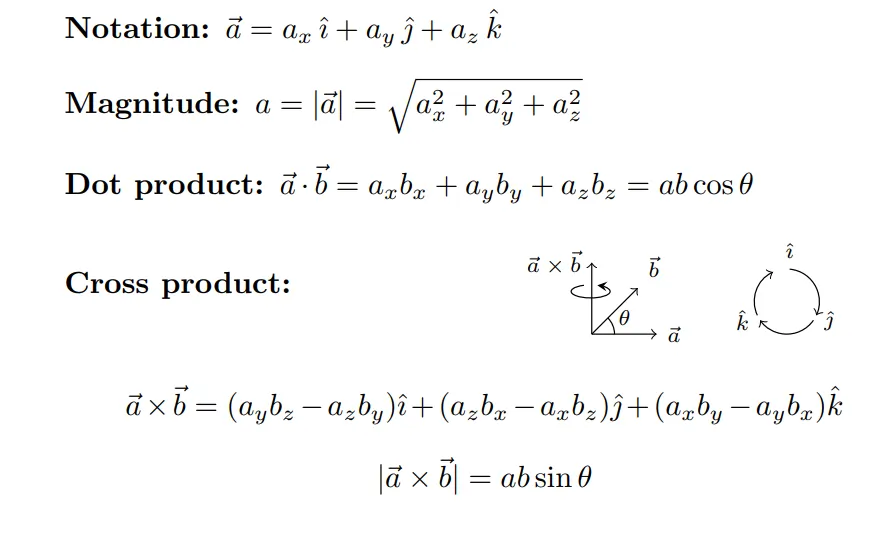

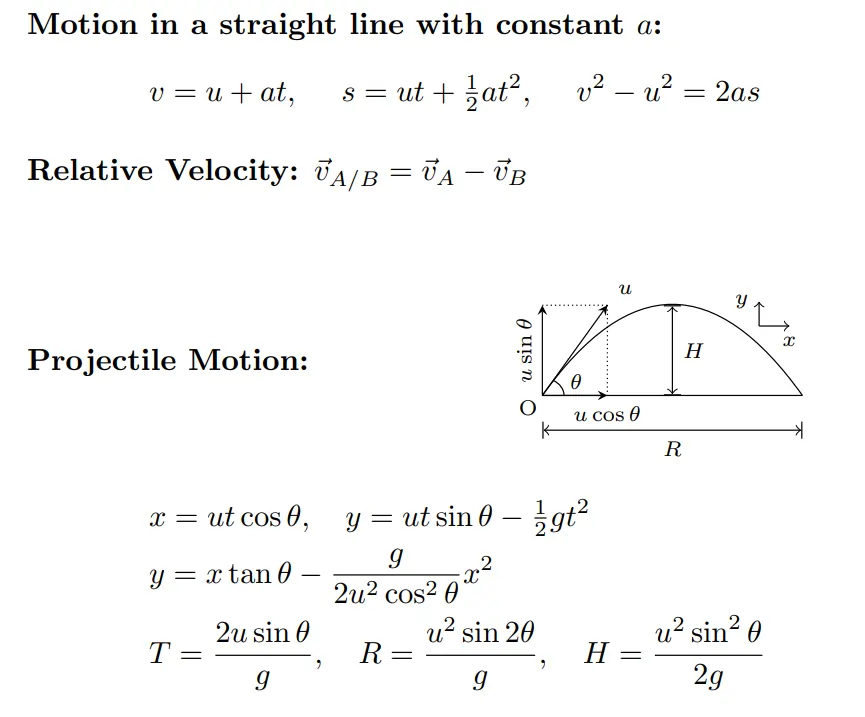
Newton’s Laws and Friction
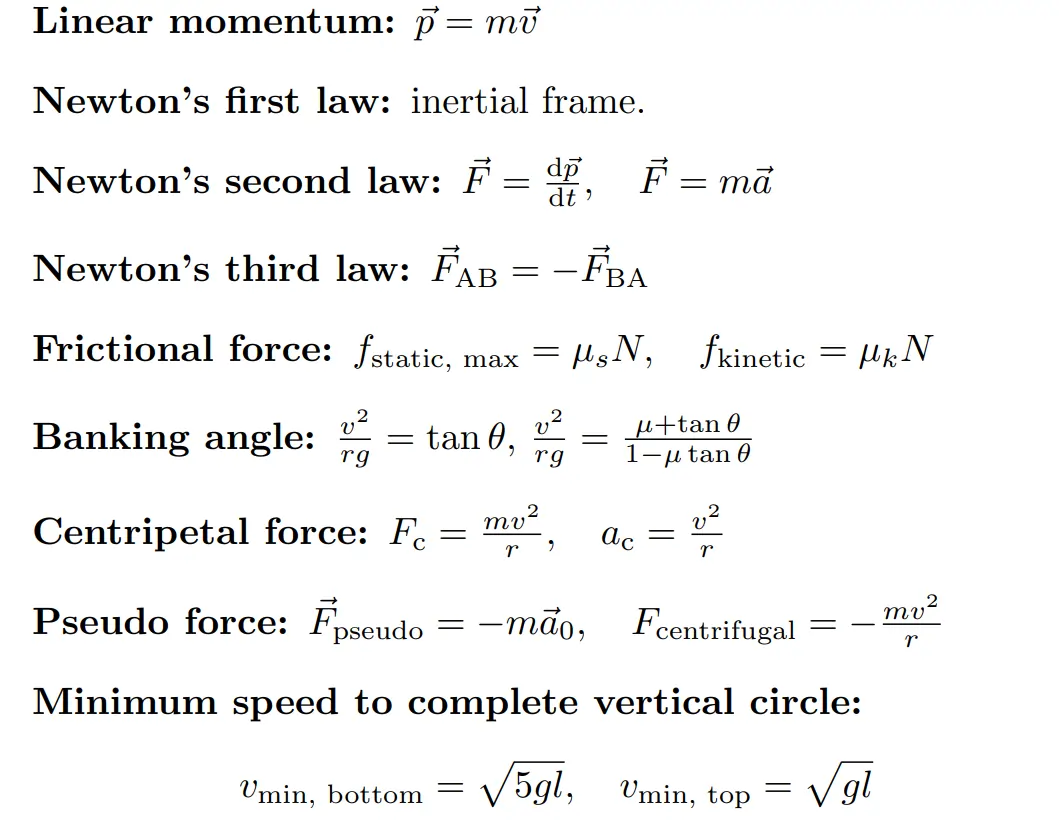

Work, Power and Energy
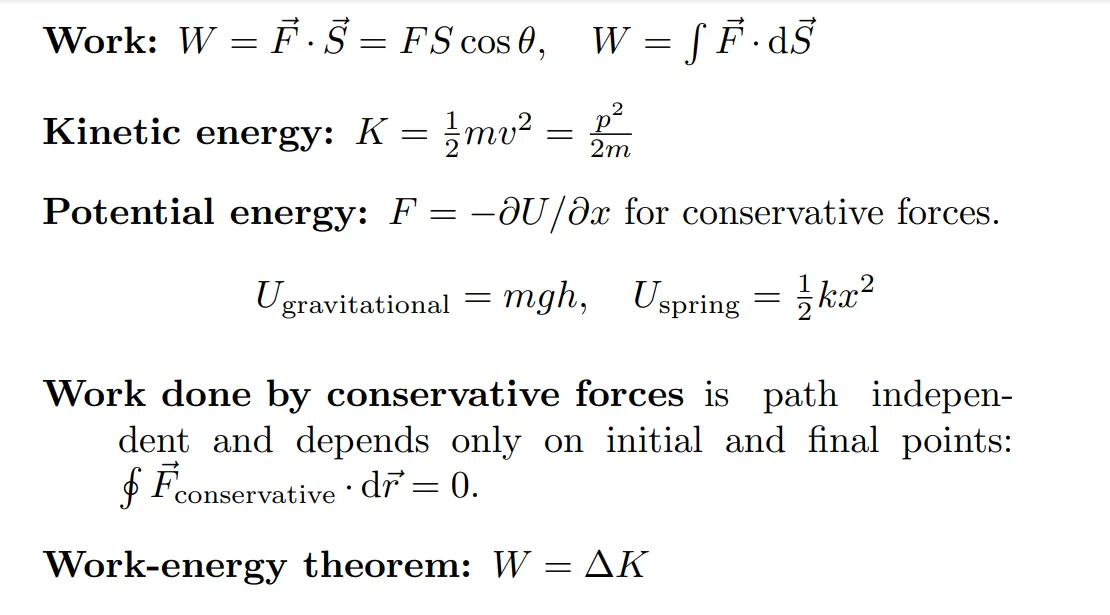

Centre of Mass and Collision

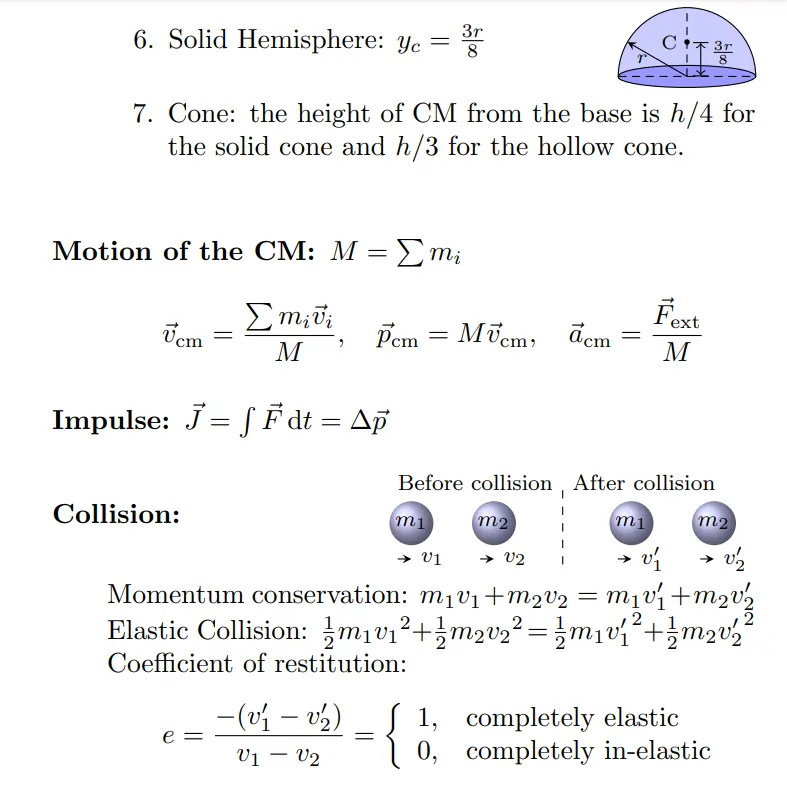

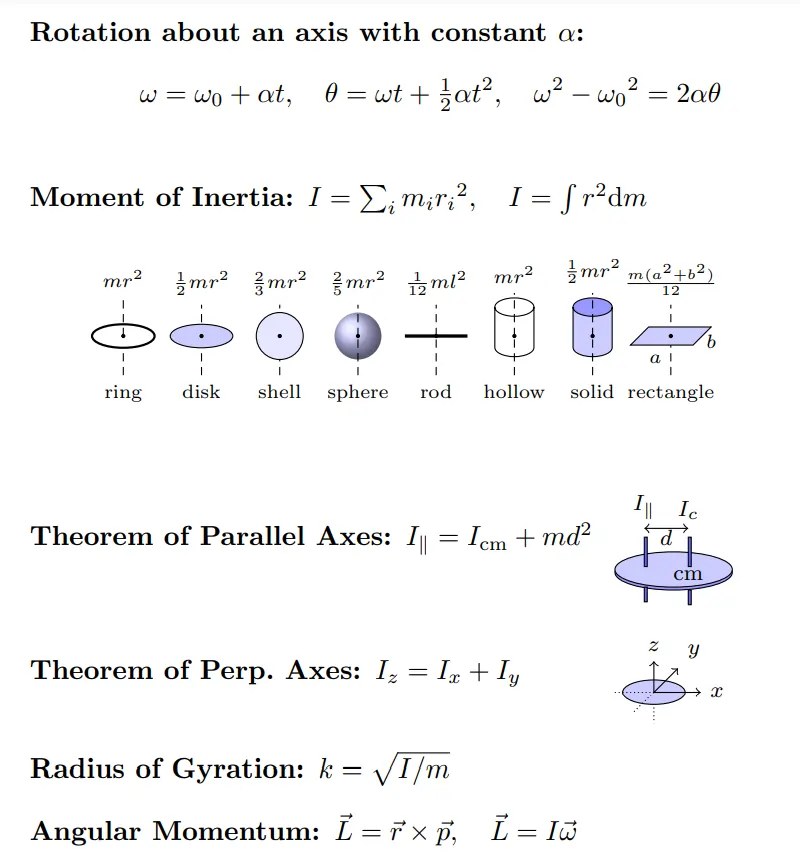
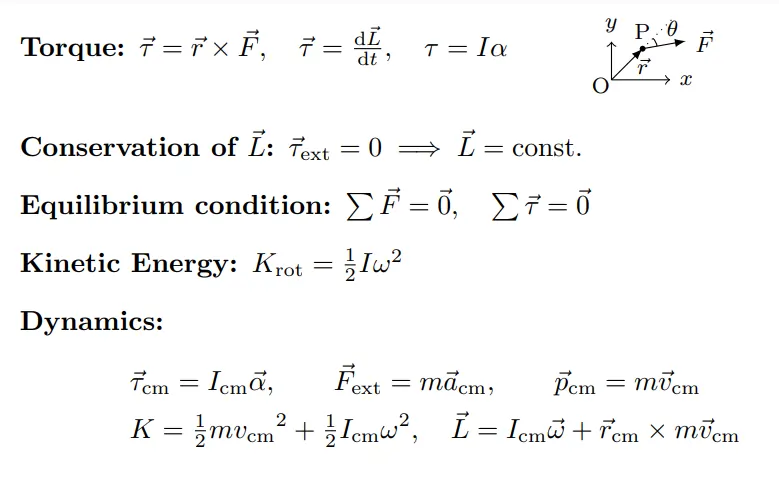
Gravitation
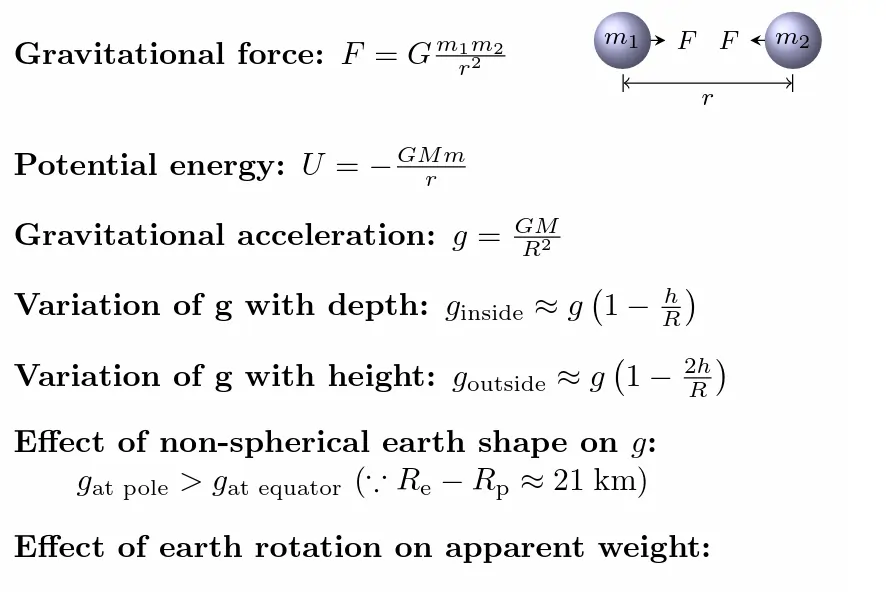
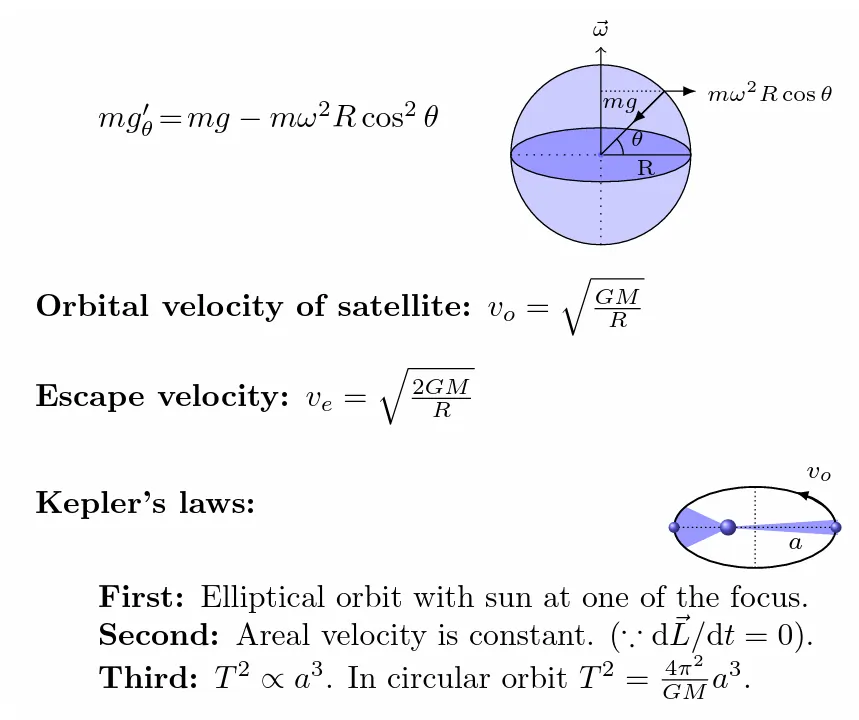
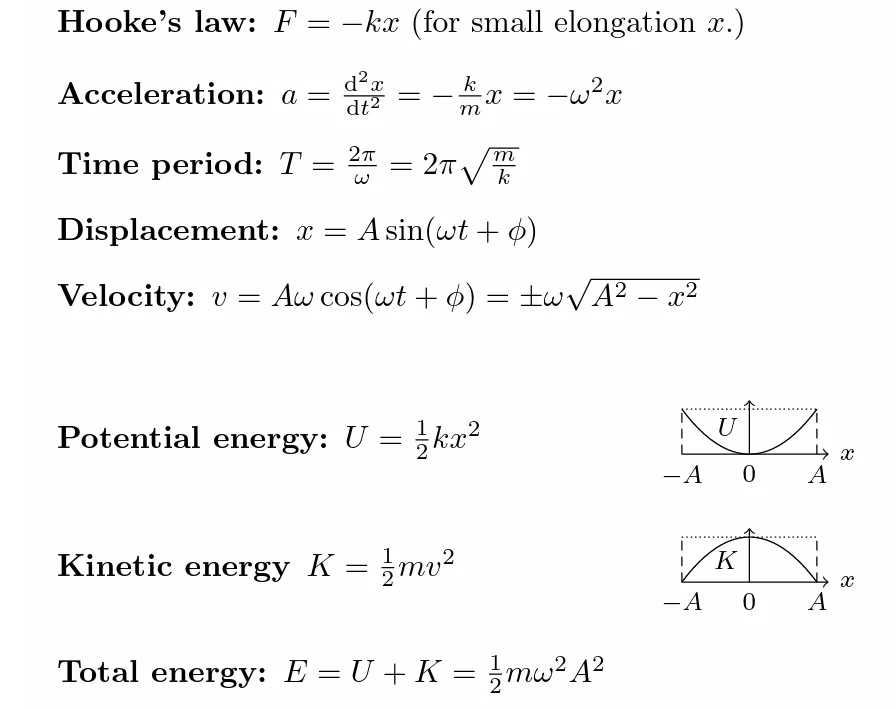
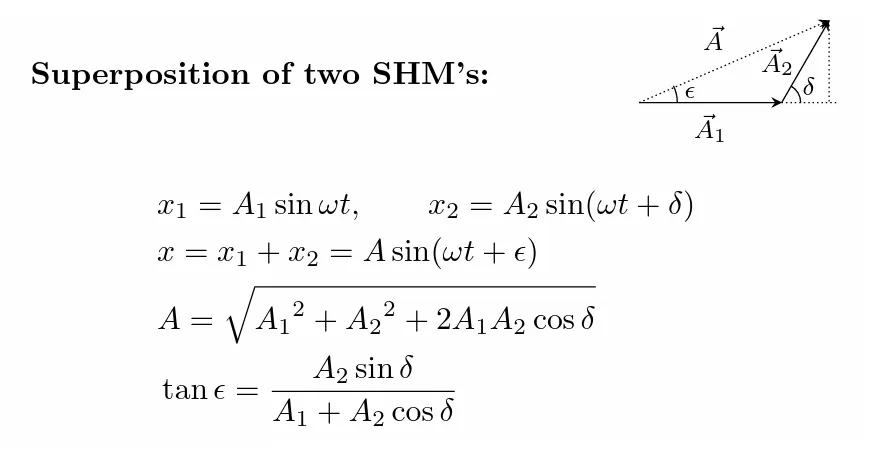
FAQ Physics Formulae
A: The formula for velocity is given by v = (s – u) / t, where “v” is the final velocity, “s” is the displacement, “u” is the initial velocity, and “t” is the time taken.
A: Acceleration is determined using the formula a = (v – u) / t, where “a” is the acceleration, “v” is the final velocity, “u” is the initial velocity, and “t” is the time taken.
A: The formula for kinetic energy is KE = (1/2) * m * v^2, where “KE” is the kinetic energy, “m” is the mass of the object, and “v” is its velocity.
